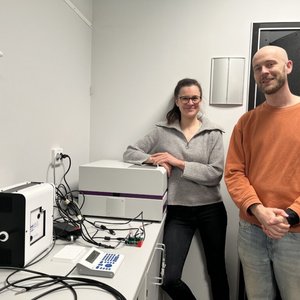Breeding Senegalese sole (Solea senegalensis) in captivity is fraught with problems. This species has a pair-spawning reproductive behavior characterized by males that produce little sperm. Moreover, dysfunction in captive-born males (F1) does not allow them to reproduce. Farmers have been using wild males and research is focused on improving large-scale in vitro fertilization protocols.
Spanish IRTA researchers developed a new protocol in which the time between obtaining the gametes and in vitro fertilization is less than 30 minutes so that the deterioration of the gametes is less and the fertilization rate increases, as well as the viability of eggs.
Using captive sole and inducing ovulation in females with gonadotropin-releasing hormone (GnRHa), sperm is obtained by hand-stripping, diluted (Leibovitz modified) and used as soon as possible at the rate of approximately 600 sperm per egg. With this dilution, large-scale fertilization of approximately 190,000 eggs was obtained with a hatching rate of 70%.
One of the advantages of Senegalese sole is that it requires a low ratio of sperm per egg to achieve high fertilization rates, both experimentally and industrially. With this new protocol, the sole industry will be able to operate sustainably and establish effective reproduction and genetic improvement programs.
In 2019, a total of 1,700 tons of Senegalese sole were produced in the world, with Spain and Portugal being the leaders in the production of this specie.
Check out the preprint of this study here.












